On March 1, the South Korean Health Ministry said that only 294 of more than 9,000 trainee doctors returned to work by February 29, the deadline set by the government for strikers protesting the policy of increasing medical school enrollment quotas.
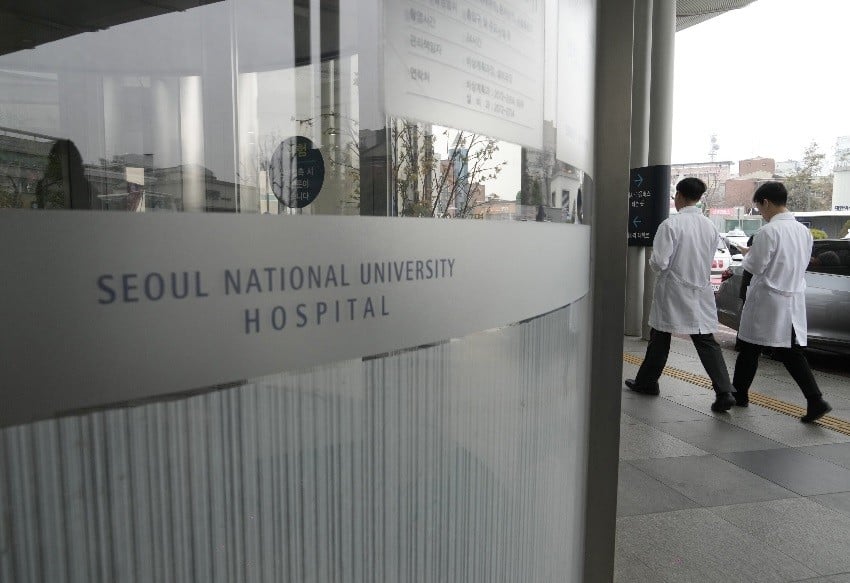 |
| The situation at hospitals in South Korea remains stable and orderly despite thousands of medical interns quitting their jobs. (Source: AP) |
The ministry announced that it would initiate license suspension and legal proceedings from March 4. The situation has raised public concerns that the risk of a “March health crisis” is gradually becoming a reality.
In an effort to meet the deadline, on the afternoon of February 29, the directors of five major general hospitals, known as the “Big Five,” personally sent a call to trainee doctors to return to work in the hospital with the spirit of treating patients as the top priority.
In messages sent by phone or email, hospital directors encouraged and appreciated the working spirit of the trainee doctors, and emphasized: "As doctors, let's stand side by side with patients, cultivate intelligence and together solve the current difficult situation in the smartest way."
Heads of major hospitals also emphasized that all doctors have the responsibility to change and improve working conditions and the environment in hospitals for the safety of patients and medical staff as well as the medical training environment.
The situation at hospitals in South Korea remains stable and orderly. The government has taken many regulatory measures to reduce medical stress caused by doctors quitting their jobs en masse.
There is no congestion of patients in hospitals because Korea has a very accurate system of notifying and scheduling patients. There are delays in surgical appointments in some major hospitals.
The Korean Ministry of Health said that as of 7 p.m. on February 29, a total of 9,997 trainee doctors, equivalent to 80.2% of trainee doctors at 100 hospitals nationwide, had submitted resignations. Of these, 9,076 doctors had left the hospital.
South Korea currently has 2.5 doctors per 1,000 people – one of the lowest ratios among developed countries. To address the shortage of doctors, especially in rural areas and essential medical fields such as high-risk surgery, pediatrics, obstetrics and emergency medicine, South Korea is pushing to increase medical enrollment quotas.
President Yoon Suk Yeol cited the conclusions of many research organizations stating that in the next 10 years, Korea needs about 10,000 more doctors to ensure fair access to medical services. Therefore, according to him, increasing the number of students is necessary.
South Koreans side with the government, with a recent Gallup survey finding that 76% of respondents support increasing medical school quotas.
However, doctors oppose the plan, saying the Korean government should focus on protecting doctors from medical lawsuits and improving benefits to attract more doctors to practice.
Source



![[Photo] Hanoi morning of October 1: Prolonged flooding, people wade to work](https://vphoto.vietnam.vn/thumb/1200x675/vietnam/resource/IMAGE/2025/10/1/189be28938e3493fa26b2938efa2059e)
















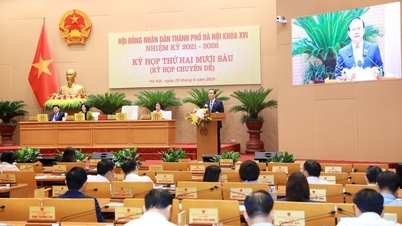

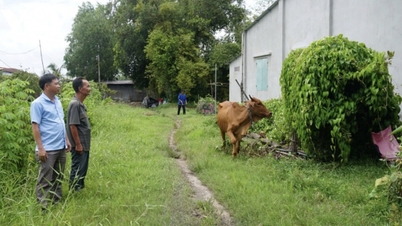











![[Photo] Panorama of the cable-stayed bridge, the final bottleneck of the Ben Luc-Long Thanh expressway](https://vphoto.vietnam.vn/thumb/1200x675/vietnam/resource/IMAGE/2025/9/30/391fdf21025541d6b2f092e49a17243f)
![[Photo] The 1st Congress of Phu Tho Provincial Party Committee, term 2025-2030](https://vphoto.vietnam.vn/thumb/1200x675/vietnam/resource/IMAGE/2025/9/30/1507da06216649bba8a1ce6251816820)
![[Photo] President Luong Cuong receives President of the Cuban National Assembly Esteban Lazo Hernandez](https://vphoto.vietnam.vn/thumb/1200x675/vietnam/resource/IMAGE/2025/9/30/4d38932911c24f6ea1936252bd5427fa)
























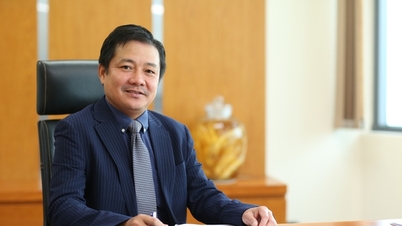












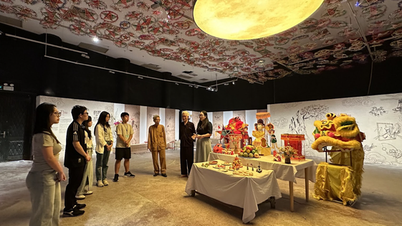





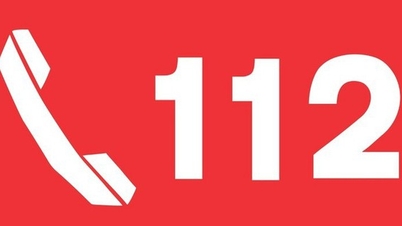


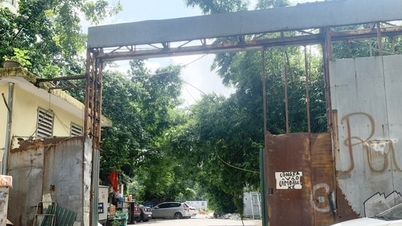




















Comment (0)